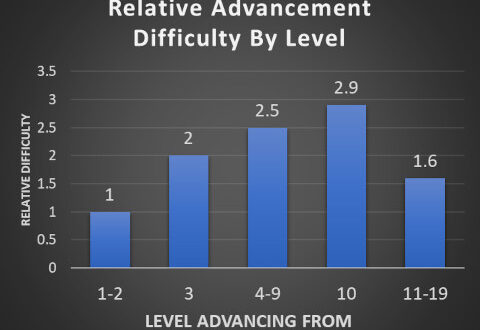
5e Advancement Difficulties
Analysis of 5e XP pacing shows leveling slows then accelerates after 10th level, speeding tier 3–4 play and demanding adjusted encounter design and expectations.

Analysis of 5e XP pacing shows leveling slows then accelerates after 10th level, speeding tier 3–4 play and demanding adjusted encounter design and expectations.
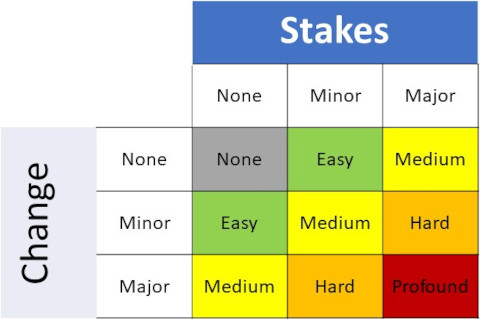
A simple system scores social encounters by stakes and change, maps them to CR vs party level, and awards shared XP to encourage noncombat play.
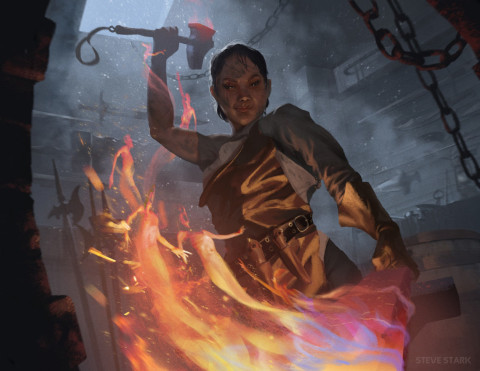
Streamline 5e item crafting with recipe tracking, simple foraging and harvesting checks, and CR-themed major ingredients that create proactive hooks.
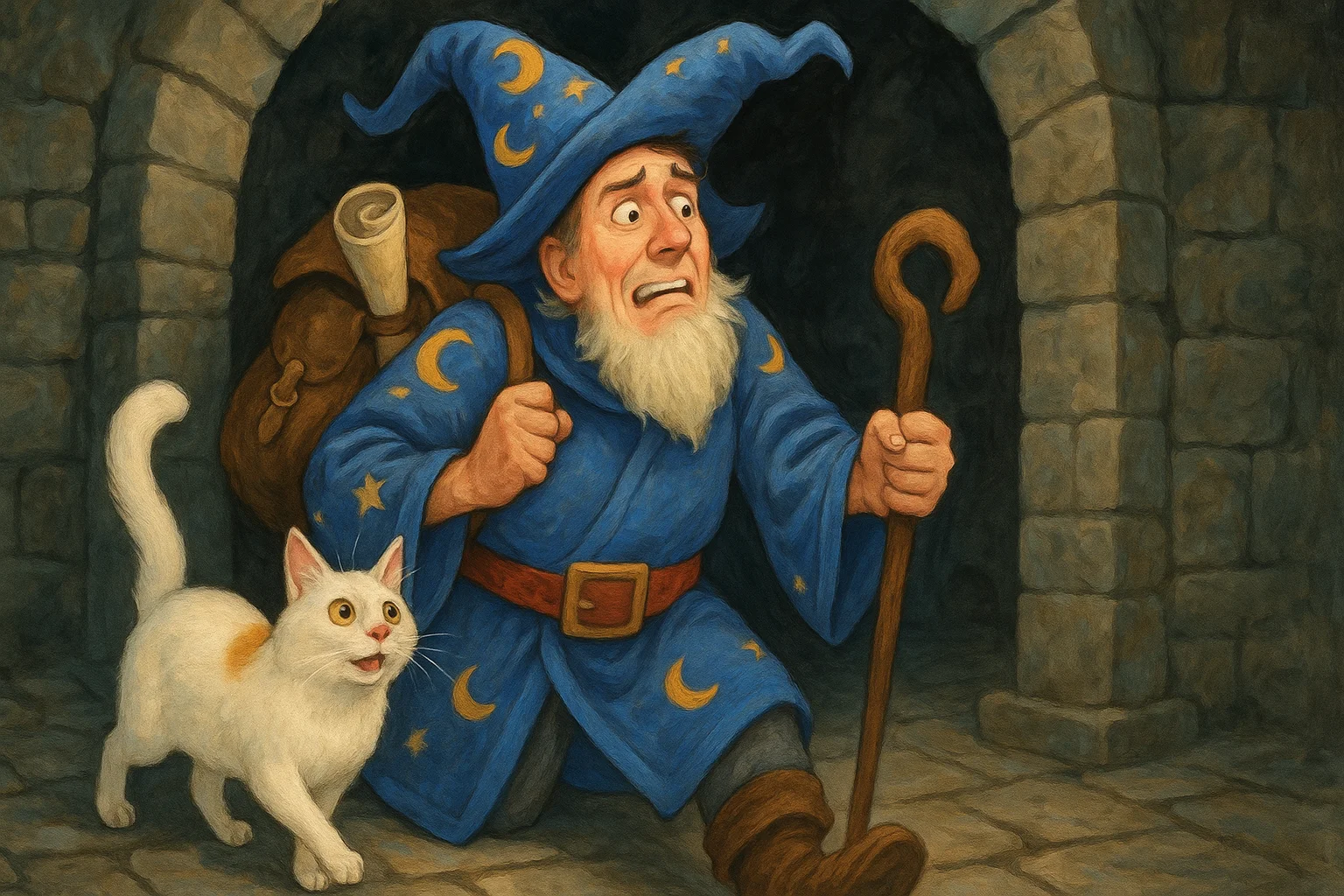
A concise set of 5e tweaks and table conventions, from exhaustion and movement rulings to rest limits, feat bans, and session etiquette for smoother play.
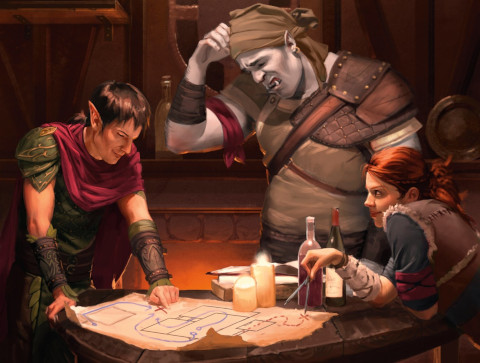
Clarifies what skill challenges are, sheds 4e baggage, and offers pacing and resolution tools from the DMG and other systems to enrich 5e play.

CR 4 elevator boulder hazard for 5e triggers mid-shaft, challenging detection, lever logic, Dex saves, and Athletics with fall-risk stakes.
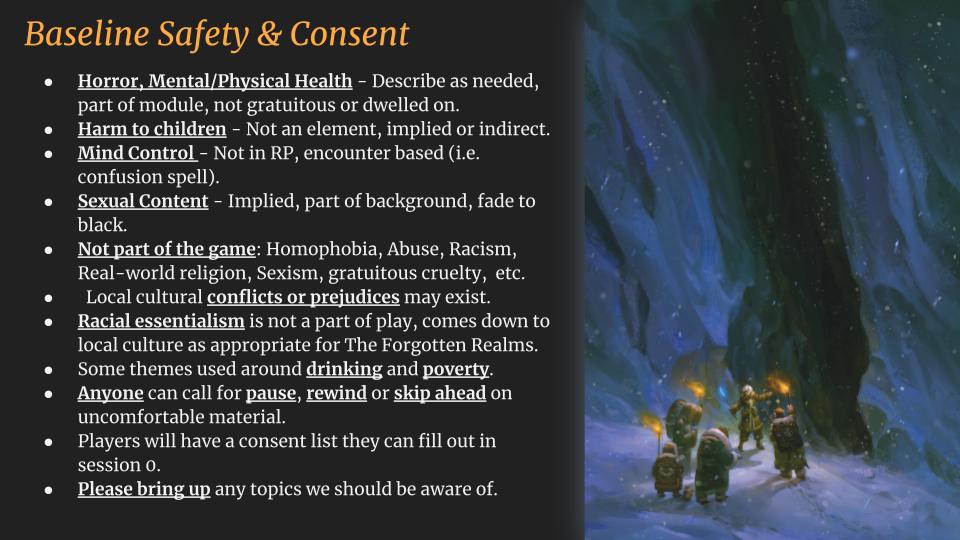
Practical guidance and resources for using safety and consent tools in TTRPGs, from setting baselines to gathering player feedback for respectful play.

Practical strategies for DMs to ease anxiety: seek professional support, reframe self-talk, name feelings, use bodywork and prep tools, and ask your table.
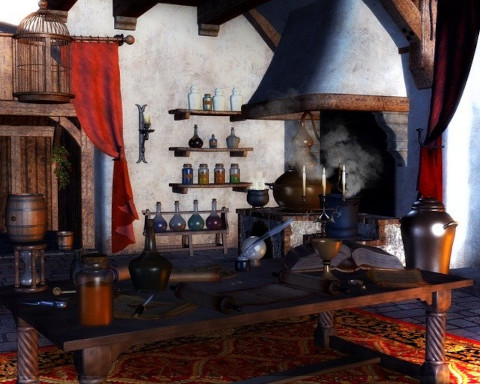
Potion crafting guidelines with costs and times, Alchemist subclass tweaks, mundane item recipes, and streamlined foraging and harvesting house rules.

Design traps with purpose to advance plot and energize combat, using environmental challenges, skill-driven complications, and scalable DCs.